Maple syrup is both delicious and not too difficult to produce
By Thomas Nelson, tnelson@charlescitypress.com
Maple syrup, a breakfast food staple is a lot easier to produce than it might seem. Take some sap from a tree, boil it and boom! … syrup.
On Saturday, the Mitchell County Conservation gave a presentation on “Sap to Syrup.”
A crowd of 16 people came to the event, and learned the basics of creating syrup.
Chelsea Ewen, naturalist with Mitchell County Conservation Board, led the presentation.
Ewen has been making syrup as a hobby for three years, as long as she’s lived in Osage. Her speciality as naturalist is wild edibles, she said.
“I had two maples in my front yard, and figured I’m just going to try it,” Ewen said.
Osage is the city of maples.
Ewen has progressed in the equipment she uses, and produces eight pints or so, which is enough for her home, Ewen said.
The first thing necessary to produce maple syrup is identify the correct tree, and it isn’t just identifying a maple tree as there are several different types of maple trees.
The best way to identify an ideal maple tree for sapping is to look for their opposite branching and paired buds on the end of branches.
The sugar maple, which can live to be 400 years old, has the highest percentage of sugar.
The sap from trees that aren’t maple don’t alway come out edible. Pine tree sap becomes glue when boiled, Ewen said.
“You wouldn’t want to eat it,” Ewen said.
Other types of trees all produce sap as well, but maple trees produce enough sap and have have the highest ratio of sap to syrup.
To be able to get the sap from a maple tree, you have to drill a six inch hole horizontally into it and insert a tube that leads to a container. Don’t make the container air tight.
“Getting sap from a tree doesn’t hurt,” Ewen said.
It does leave a scar, but it doesn’t effect the tree’s growth.
When boiling the sap, make sure to do it outside, as the process of boiling it can leave a sugary residue on the wall of a kitchen, Ewen said.
Usually there will be a 25:1 to 40:1 ration of sap to syrup after boiling.
After the indoor presentation participants got a chance to go out and see example of maple trees, and got to watch first hand as a tree was prepared to be sapped by Ewen.
The perfect time to sap a tree is when the weather during the day is above freezing and below freezing at night, Ewen said.
It is maple season right now, with the forecast calling for the correct conditions over the weekend.
Sapping season is usually signaled by the sap turning all ‘snotty’ and thick, which is the tree scaring over the sapped spot, Ewen said.
Temperatures at night above freezing also signal the end of sapping season because the sap starts coming out too fast, so that once you drill that hole the sap will come out before you even put the tubing in.
The darker the color of the syrup, the more intense the flavor.
“It’s such a great hobby,” Ewen said. “You get very sweetly rewarded at the end for your little bit of work.”

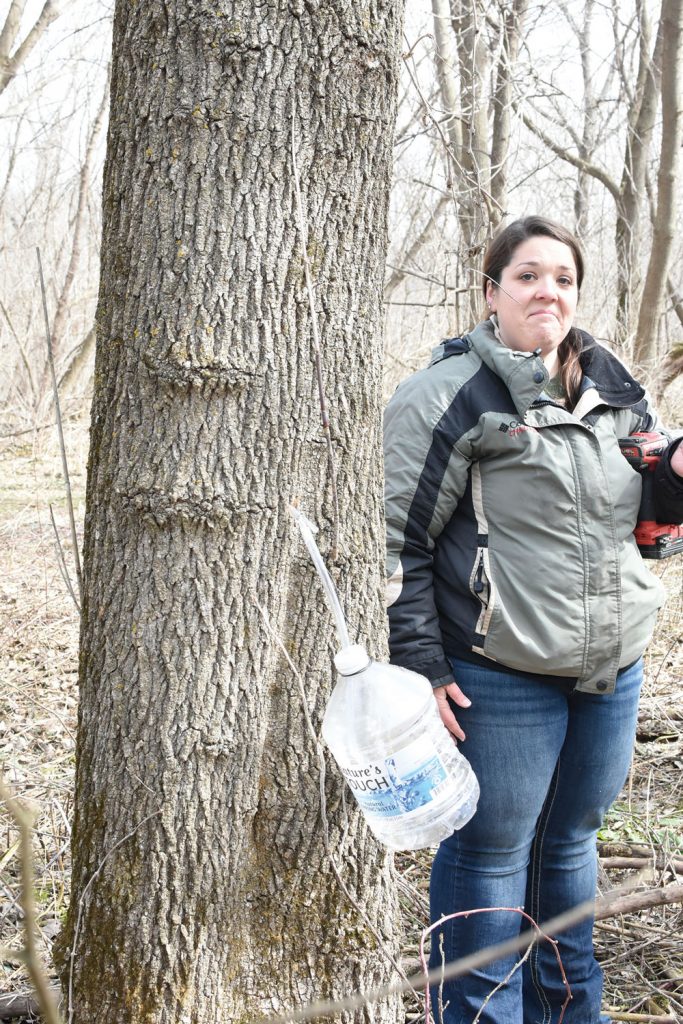
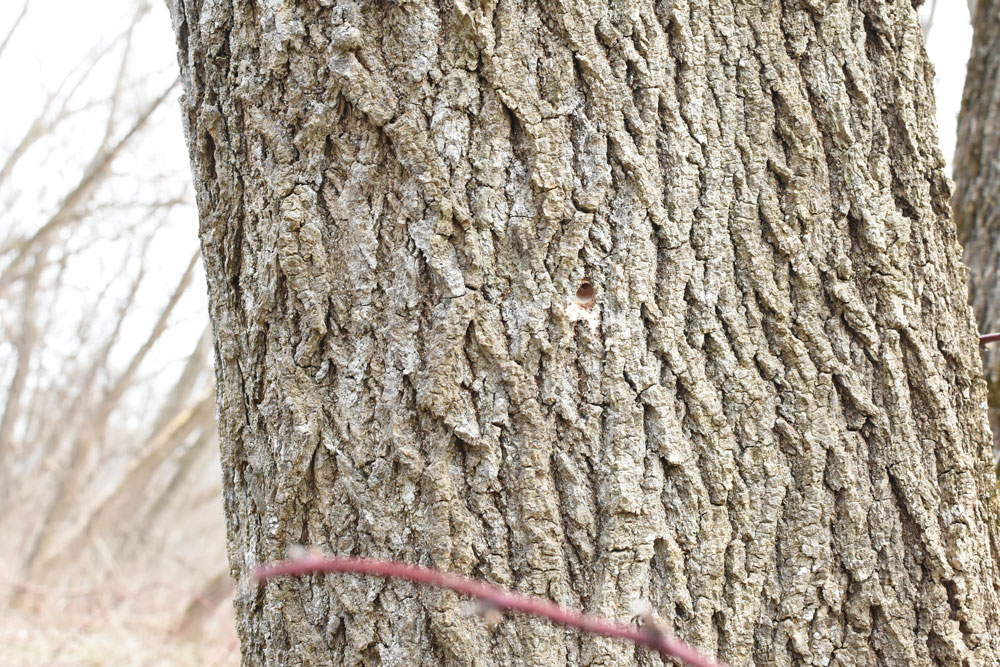
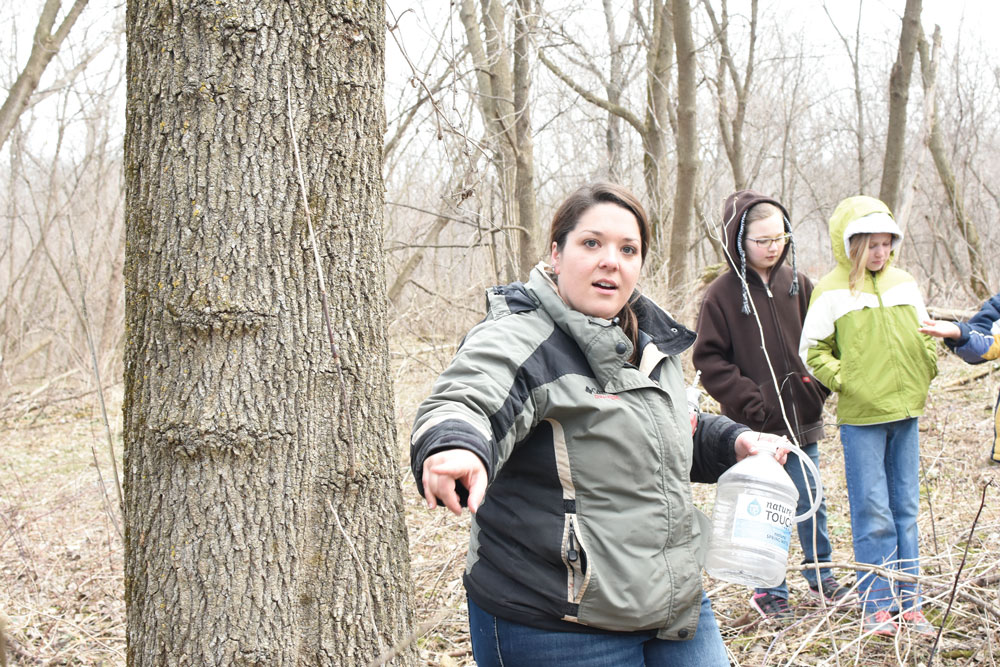
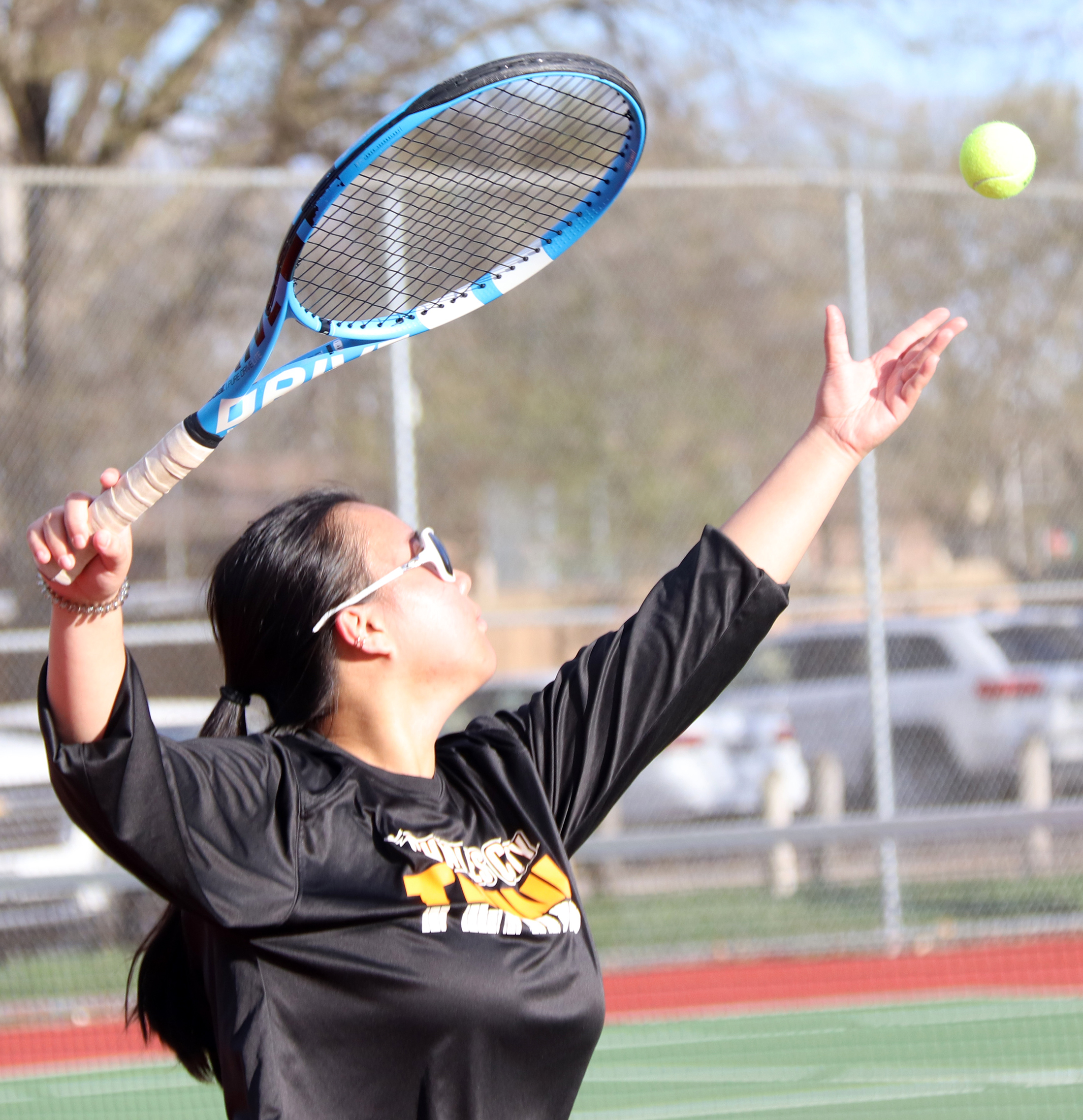
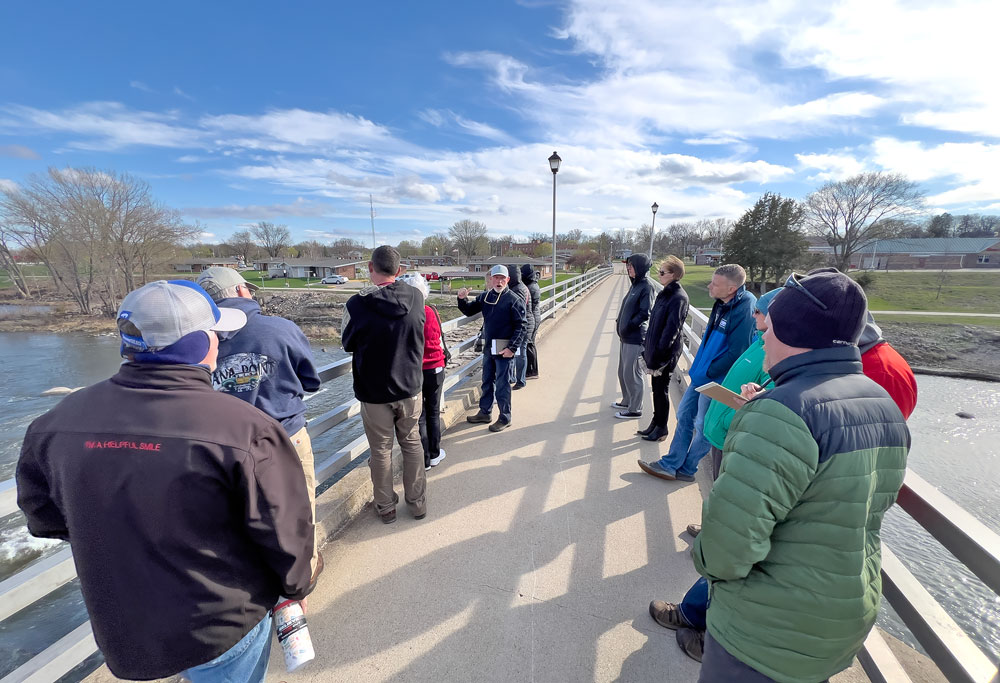
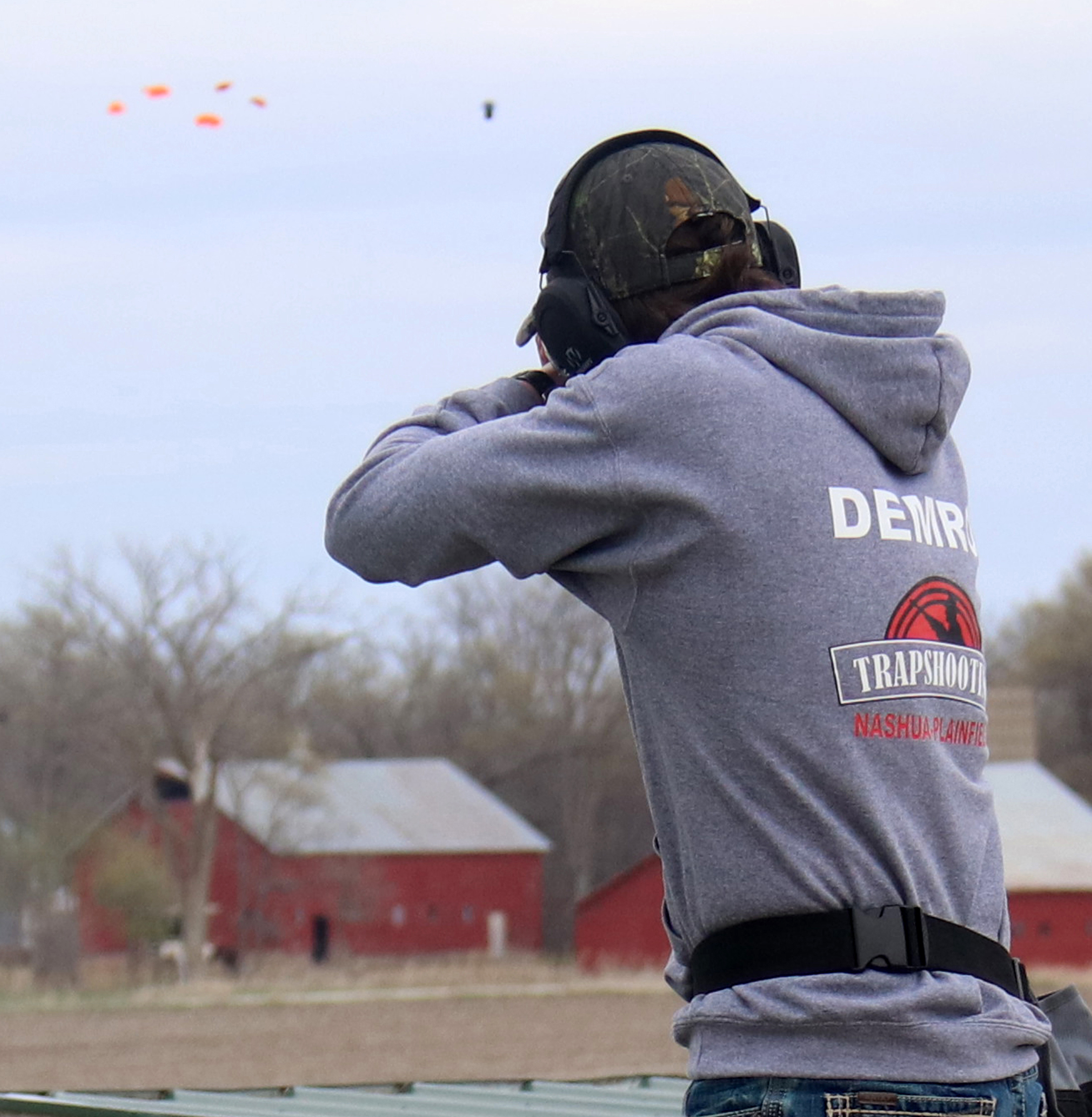



Social Share